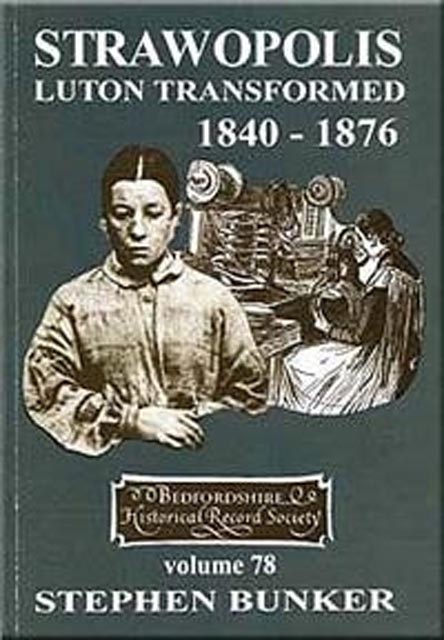Book contents
- Frontmatter
- Dedication
- Contents
- List of Illustrations
- Acknowledgements
- Abbreviations
- Introduction
- Chapter One Hats, Land and Houses
- Chapter Two The Board of Health
- Chapter Three Society: Belief and Behaviour
- Chapter Four Politics, Power and Self-determination
- Epilogue
- Biographical notes
- Notes on place names
- Bibliography
- Sources
- Name of Index
- Subject Index
- Recent Publications
Chapter One - Hats, Land and Houses
Published online by Cambridge University Press: 03 August 2023
- Frontmatter
- Dedication
- Contents
- List of Illustrations
- Acknowledgements
- Abbreviations
- Introduction
- Chapter One Hats, Land and Houses
- Chapter Two The Board of Health
- Chapter Three Society: Belief and Behaviour
- Chapter Four Politics, Power and Self-determination
- Epilogue
- Biographical notes
- Notes on place names
- Bibliography
- Sources
- Name of Index
- Subject Index
- Recent Publications
Summary
We must in the end make plain how the land was built upon in the way that it was. (H.J. Dyos, in the foreword to The Provincial Towns of Georgian England by C.W. Chalklin).
The building of houses for the working classes has, I am sorry to say, not been attended to at all in this borough. (Evidence submitted by Charles Harrison to Parliamentary Select Committee on Town Holdings, 1887).
In the middle of the nineteenth century Luton experienced a transformation from a slightly shabby market town, where hats were made, to principally a manufacturing centre. Land was the key to this physical growth, a development which was accompanied by profound social change. This small Bedfordshire town possessed few advantages which predestined its status as the centre of the straw hat trade, and it certainly achieved its dominance without the benefit of a good communications network. A unique blend of factors removed its rather typical market town social elite whilst Luton was simultaneously expanding. These two factors assisted and hastened a metamorphosis already under way in the first third of the nineteenth century.
Compartmentalising a process spanning forty years, one which dictated the pattern, quality and fortunes of thousands of lives, has its drawbacks. Luton's physical, economic and demographic revolution comprised numerous strands which intertwined in a nature which was as complex as a length of straw plait. Nonetheless, for the sake of clarity it is necessary to draw distinct threads from the myriad personal ambitions, activities and experiences which collectively built Luton. The logical starting point for this lies with Luton's position, established by the end of the second quarter of the nineteenth century, as the principal centre for the manufacture of straw hats. The supply and demand relationship between the hat trade and land development is of central importance in plotting the progress of a town which developed its own variation of the cottage economy. In Luton's case there was a mixture of small, independent masters and artisans, an extensive putting out system and a significant proportion of property owners in all but the poorest sector of the population. The answer to why this should be so lies with the approach which principal local landowners had towards their holdings: it was here that the stage was set for change.
- Type
- Chapter
- Information
- StrawopolisLuton Transformed 1840-1876, pp. 18 - 83Publisher: Boydell & BrewerFirst published in: 2023



